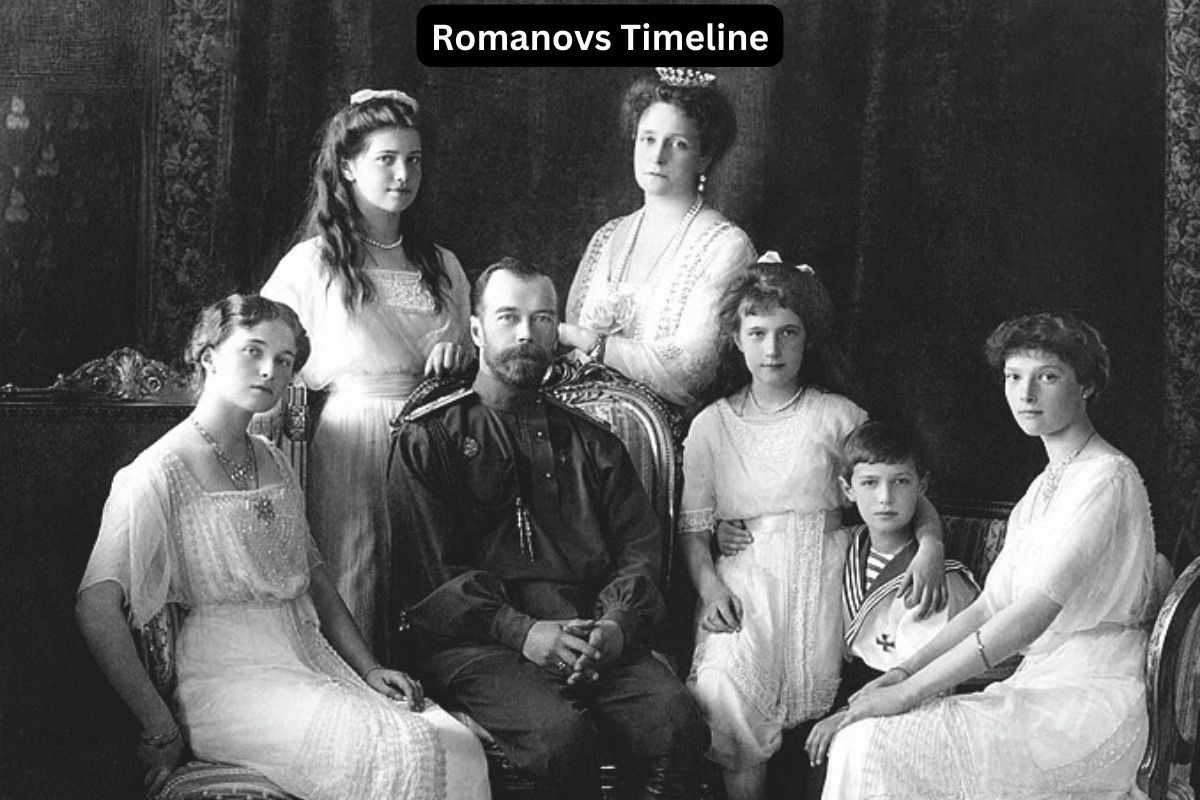The Romanov dynasty stands as one of the most enduring and consequential ruling families in Russian history, spanning over three centuries of power, influence, and ultimately, tragedy.
From the ascension of Mikhail Romanov in 1613 to the brutal demise of Tsar Nicholas II and his family in 1918, the Romanovs shaped the course of Russian politics, society, and culture.
This article delves into the key events and personalities of the Romanov dynasty, exploring their triumphs, challenges, and the tumultuous end that marked the close of an era in Russian history.
| Year | Event |
|---|---|
| 1613 | Mikhail Romanov is elected as the first Tsar of the Romanov dynasty. |
| 1682-1725 | Reign of Peter the Great, known for modernizing Russia and expanding its territory. |
| 1762-1796 | Reign of Catherine the Great, under whose rule Russia saw significant cultural and territorial expansion. |
| 1861 | Emancipation of the serfs by Tsar Alexander II, abolishing serfdom in Russia. |
| 1894-1917 | Reign of Tsar Nicholas II, the last Emperor of Russia. |
| 1905 | The Russian Revolution of 1905, leading to the establishment of the Russian State Duma. |
| 1917 | The February Revolution results in the abdication of Tsar Nicholas II, ending Romanov rule in Russia. |
| 1918 | The Romanov family, including Tsar Nicholas II, are executed by Bolshevik revolutionaries. |
Timeline of the Romanovs
1613: Mikhail Romanov is elected as the first Tsar of the Romanov dynasty, marking the end of the Time of Troubles in Russia.
Mikhail Romanov is elected as the first Tsar of the Romanov dynasty, marking the end of the Time of Troubles in Russia. The Time of Troubles was a period of political instability and crisis in Russia, characterized by dynastic struggles, foreign invasions, and social upheaval.
Also Read: Facts About the Romanovs
Mikhail Romanov’s ascension to the throne brought stability to the country and initiated the Romanov dynasty’s rule, which would endure for over three centuries.
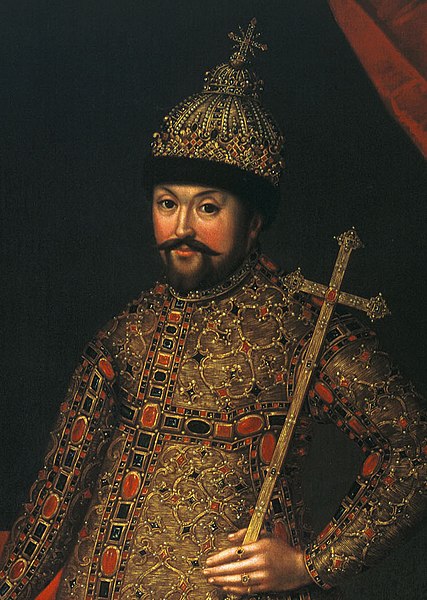
1682-1725: Reign of Peter the Great, one of the most influential tsars in Russian history, known for modernizing Russia and expanding its territory.
Reign of Peter the Great, one of the most influential tsars in Russian history. Peter’s reign was marked by ambitious reforms aimed at modernizing Russia and transforming it into a major European power. He initiated significant changes in various aspects of Russian society, including the military, government, economy, and culture.
Peter’s reforms included the creation of a modern navy, the establishment of a new capital city (St. Petersburg), the introduction of Western-style dress and customs, and the implementation of administrative reforms to centralize and strengthen the government.
Also Read: Russian Revolution Facts
His reign also saw territorial expansion, including the acquisition of territories along the Baltic Sea and the Black Sea. Peter’s rule had a profound and lasting impact on Russia’s development and its place in the world.
1762-1796: Reign of Catherine the Great, one of the most renowned and longest-ruling female leaders of Russia, under whose reign the country saw significant cultural and territorial expansion.
Reign of Catherine the Great, one of the most renowned and longest-ruling female leaders of Russia. Catherine’s reign was characterized by significant cultural and territorial expansion.
She continued the modernization efforts initiated by Peter the Great and further expanded Russia’s borders through conquest and diplomacy. Catherine’s rule saw the annexation of Crimea, the partitioning of Poland, and the consolidation of Russian control over territories in the Caucasus.
Catherine was also a patron of the arts and education, promoting the Enlightenment ideals in Russia and overseeing the construction of numerous palaces, museums, and educational institutions.
Her reign is often considered a golden age in Russian history, marked by intellectual flourishing and territorial growth.
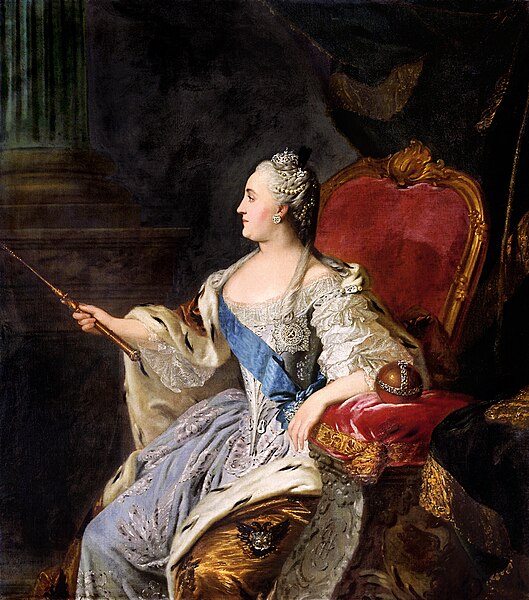
1861: Emancipation of the serfs by Tsar Alexander II, a move towards modernization and the abolition of serfdom in Russia.
In 1861, Tsar Alexander II issued the Emancipation Manifesto, which abolished serfdom in Russia. Serfdom was a system in which peasants were bound to the land and subject to the control of their landowners.
The emancipation of the serfs was a significant reform that aimed to modernize Russia’s economy and society. It granted peasants personal freedoms, such as the right to marry without their lord’s permission and the ability to own property.
However, the reform did not provide peasants with full equality or land ownership, as they were required to pay redemption payments to the government over a period of time in exchange for their freedom.
Despite its limitations, the emancipation of the serfs marked a turning point in Russian history and laid the groundwork for further reforms in the decades that followed.
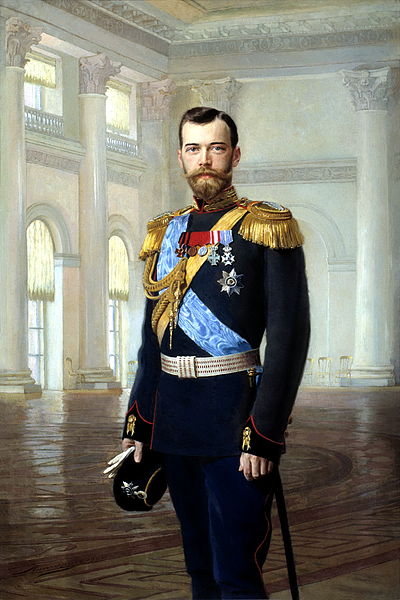
1894-1917: Reign of Tsar Nicholas II, the last Emperor of Russia. His reign was marked by political turmoil, economic hardship, and ultimately the Russian Revolution.
Tsar Nicholas II ascended to the throne in 1894 following the death of his father, Alexander III. His reign was characterized by political turmoil, economic hardship, and social unrest.
Nicholas II was an autocratic ruler who resisted calls for political reform, leading to growing discontent among the Russian population. His government faced challenges from revolutionary movements, nationalist uprisings, and military defeats, including Russia’s involvement in World War I.
The strains of war exacerbated existing problems within the Russian Empire, eventually leading to the collapse of the monarchy and the Russian Revolution of 1917.
Despite attempts at reform, including the establishment of the State Duma in 1905, Nicholas II’s reign was marked by a failure to address the underlying issues facing Russian society and a reluctance to share power with the people.
1905: The Russian Revolution of 1905, also known as the first Russian Revolution, which resulted in the establishment of the Russian State Duma, Russia’s first elected parliament.
The Russian Revolution of 1905 was a wave of mass protests, strikes, and uprisings that swept across the Russian Empire in response to social, economic, and political grievances.
The revolution was sparked by a peaceful protest march in St. Petersburg on January 9, 1905, which ended in violence when government troops fired on the demonstrators, killing and injuring hundreds of people.
This event, known as Bloody Sunday, ignited widespread unrest and rebellion throughout the empire. Workers, peasants, soldiers, and ethnic minorities all participated in strikes, demonstrations, and armed uprisings against the tsarist regime.
The revolution forced Tsar Nicholas II to make concessions, including the establishment of the State Duma, Russia’s first elected parliament, and the granting of civil liberties and political reforms.
Although the revolution failed to overthrow the monarchy or bring about fundamental change, it marked a significant turning point in Russian history and laid the groundwork for the revolutions of 1917.
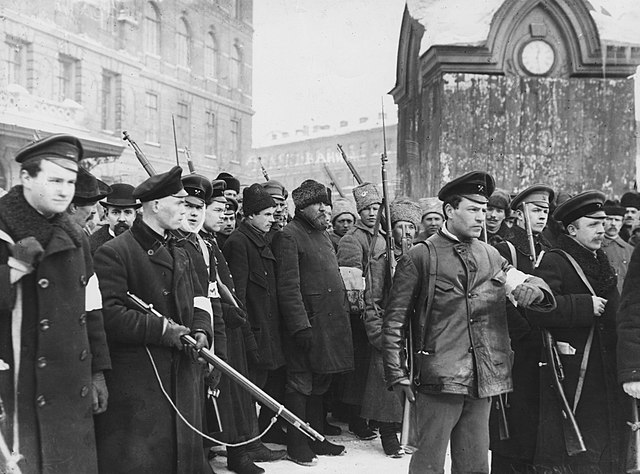
1917: The February Revolution leads to the abdication of Tsar Nicholas II, ending centuries of Romanov rule in Russia.
The February Revolution of 1917 marked the culmination of long-standing grievances against the Tsarist regime and the outbreak of mass protests and strikes in Petrograd (formerly St. Petersburg), Russia’s capital at the time.
The revolution began on February 23 (according to the Julian calendar used in Russia at the time, which corresponds to March 8 in the Gregorian calendar), when women factory workers initiated a strike to demand bread and better working conditions.
The strike quickly escalated into broader demonstrations and clashes with the authorities, leading to the collapse of the Tsarist government. Facing widespread unrest and a loss of support from the military and political elite, Tsar Nicholas II abdicated the throne on March 2, 1917, ending centuries of Romanov rule in Russia.
The February Revolution resulted in the establishment of a provisional government composed of representatives from various political parties and factions, which pledged to introduce democratic reforms and address the grievances of the Russian people.
However, the provisional government’s authority was contested by competing political forces, including revolutionary socialists known as Bolsheviks, who would later seize power in the October Revolution.
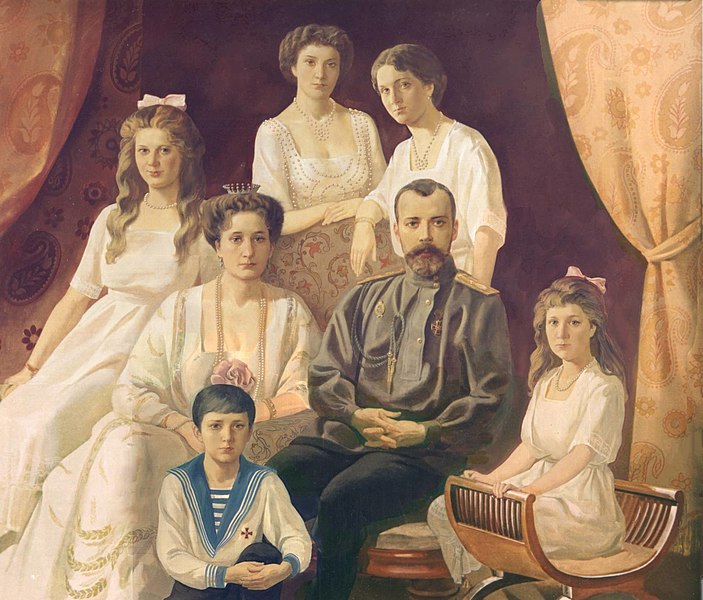
1918: The Romanov family, including Tsar Nicholas II, his wife Alexandra, and their children, are executed by Bolshevik revolutionaries in Yekaterinburg, marking the end of the Romanov dynasty.
On July 17, 1918, Tsar Nicholas II, his wife Alexandra, their five children, and several loyal servants were executed by Bolshevik revolutionaries in the city of Yekaterinburg.
The execution followed the Bolsheviks’ seizure of power in the October Revolution of 1917 and the subsequent Russian Civil War, which pitted the Bolshevik Red Army against various anti-Bolshevik forces, including the White Army, foreign interventionists, and nationalist movements.
The Romanov family had been held under house arrest since their abdication in March 1917, but their fate became increasingly uncertain as the Bolsheviks consolidated their control over Russia.
The decision to execute the Romanovs was made by local Bolshevik authorities in Yekaterinburg, who feared that the royal family could become a rallying point for counter-revolutionary forces. The execution of the Romanovs marked the end of the Romanov dynasty and symbolized the Bolsheviks’ ruthless suppression of their political opponents.
Over the years, the fate of the Romanovs has remained a subject of fascination and controversy, and efforts have been made to uncover their remains, provide a proper burial, and investigate the circumstances surrounding their deaths.
